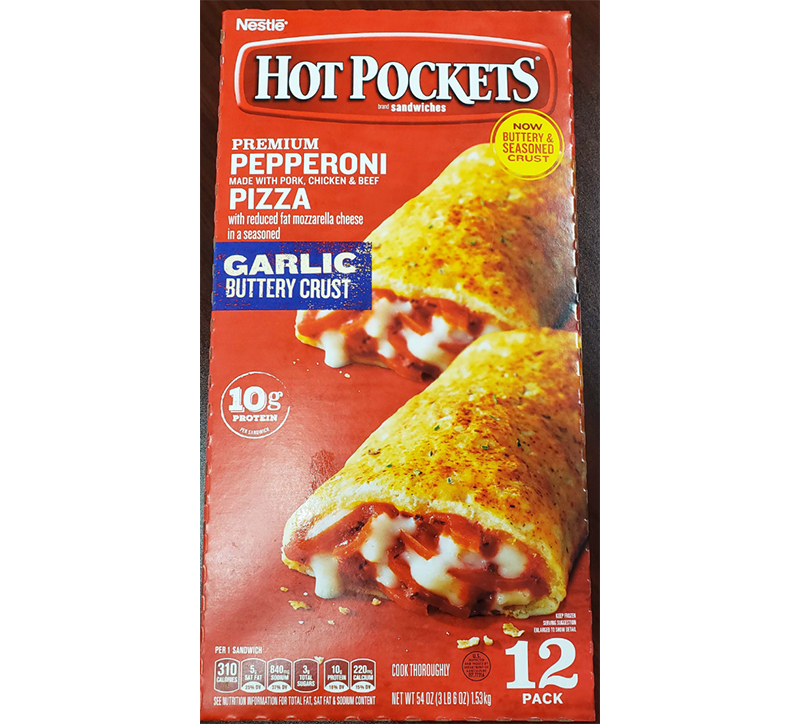The USDA estimates that foodborne illnesses cost more than $15.6 billion each year. However, biological contamination isn’t the only risk to the safety and quality of food. Food safety can also be compromised by foreign objects at virtually any stage in the production process, from contaminants in raw materials to metal shavings from the wear of equipment on the line, and even from human error. While the risk of foreign object contamination may seem easy to avoid, in 2019 alone the USDA reported 34 food recalls, impacting 17 million pounds of food due to ‘extraneous material’ which can include metal, plastic and even glass.
When FSMA went into effect, the focus shifted to preventing food safety problems, necessitating that food processors implement preventive controls to shift the focus from recovery and quarantine to proactive risk mitigation. Food producers developed Hazard Analysis and Critical Control Point (HACCP) plans focused on identifying potential areas of risk and placement of appropriate inspection equipment at these key locations within the processing line.
Metal detection is the most common detection technology used to find ferrous, non-ferrous, and stainless steel foreign objects in food. In order to increase levels of food safety and better protect brand reputation, food processors need detection technologies that can find increasingly smaller metal foreign objects. Leading retailers are echoing that need and more often stipulate specific detection performance in their codes of practice, which processors must meet in order to sell them product.
As food processors face increased consumer demand and continued price-per-unit pressures, they must meet the challenges of greater throughput demands while concurrently driving out waste to ensure maximum operational efficiencies.
Challenges Inherent in Meat Metal Detection
While some food products are easier to inspect, such as dry, inert products like pasta or grains, metal foreign object detection in meat is particularly challenging. This is due to the high moisture and salt content common in ready-to-eat, frozen and processed, often spicy, meat products that have high “product effect.” Bloody whole muscle cuts can also create high product effect.
The conductive properties of meat can mimic a foreign object and cause metal detectors to incorrectly signal the presence of a physical contaminant even when it is nonexistent. Food metal detectors must be intelligent enough to ignore these signals and recognize them as product effect to avoid false rejection. Otherwise, they can signal metal when it is not present, thus rejecting good product and thereby increasing costs through scrap or re-work.
Equipping for Success
When evaluating metal detection technologies, food processors should request a product test, which allows the processor to see how various options perform for their application. The gold standard is for the food processor to send in samples of their product and provide information about the processing environment so that the companies under consideration can as closely as possible simulate the manufacturing environment. These tests are typically provided at no charge, but care should be taken upfront to fully understand the comprehensiveness of the testing methodologies and reporting.
Among the options to explore are new technologies such as multiscan metal detection, which enables meat processors to achieve a new level of food safety and quality. This technology utilizes five user-adjustable frequencies at once, essentially doing the work of five metal detectors back-to-back in the production line and yielding the highest probability of detecting metal foreign objects in food. When running, multiscan technology allows inspectors to view all the selected frequencies in real time and pull up a report of the last 20 rejects to see what caused them, allowing them to quickly make appropriate adjustments to the production line.
Such innovations are designed for ease of use and to meet even the most rigorous retailer codes of practice. Brands, their retail and wholesale customers, and consumers all benefit from carefully considered, application-specific, food safety inspection.
Ensuring Safety
The food processing industry is necessarily highly regulated. Implementing the right food safety program needs to be a top priority to ensure consumer safety and brand protection. Innovative new approaches address these safety concerns for regulatory requirements and at the same time are designed to support increased productivity and operational efficiency.









